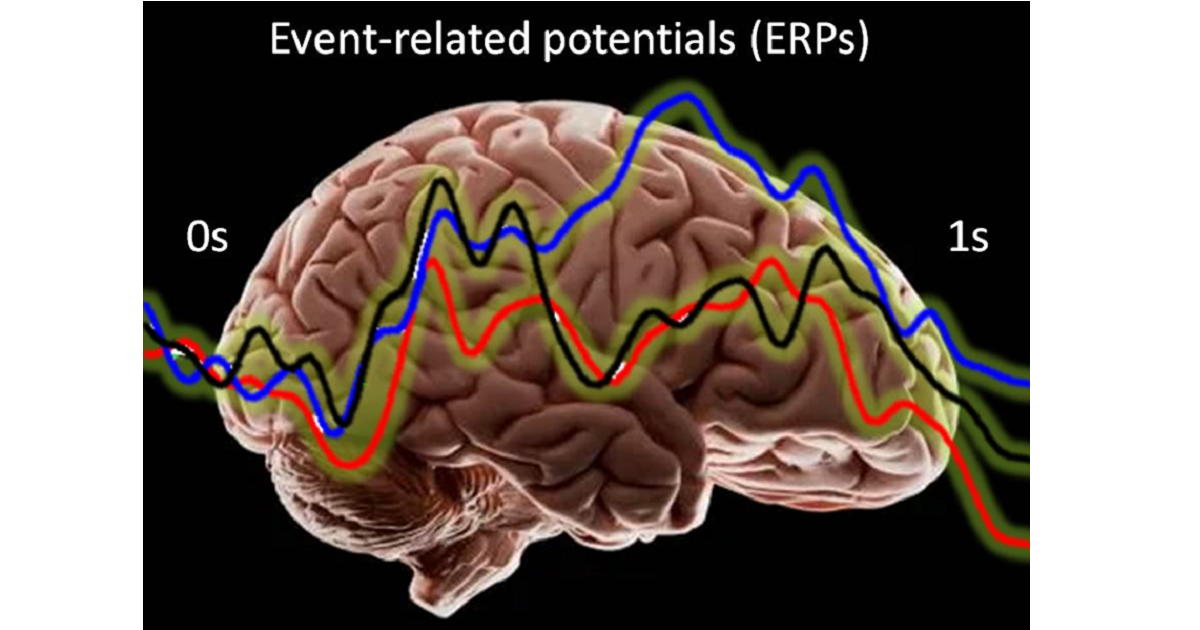EEG and Event-Related Potentials
A special issue of Brain Sciences (ISSN 2076-3425). This special issue belongs to the section "Neural Engineering, Neuroergonomics and Neurorobotics".
Deadline for manuscript submissions: 30 April 2024 | Viewed by 3185

Special Issue Editor
Interests: non-conscious affective and cognitive brain processes; memory; perception; self-referential processing; olfaction
Special Issues, Collections and Topics in MDPI journals
Special Issue Information
Dear Colleagues,
Electroencephalography (EEG) allows us to observe the brain at work, which enables us to tap into the non-conscious world of human brain functions with a millisecond time resolution. The true functioning of the brain is not entirely revealed to consciousness, and in order to get access to this knowledge, the design of an event-related experiment is most promising in terms of results. Well-selected stimuli are presented to study participants as independent variables, and as participants follow certain task instructions, their brain potentials are recorded and later calculated into even-related potentials (ERPs). Crucially, the non-conscious mind can think differently compared to the conscious mind. This is particularly so in the case of affective processing, which was never meant to be verbalized and is thus prone to misleading explicit responses (i.e. cognitive pollution of affective content). This Special Issue aims to collect papers that demonstrate how well ERPs show non-conscious cognitive and affective processing in the human brain.
Dr. Peter Walla
Guest Editor
Manuscript Submission Information
Manuscripts should be submitted online at www.mdpi.com by registering and logging in to this website. Once you are registered, click here to go to the submission form. Manuscripts can be submitted until the deadline. All submissions that pass pre-check are peer-reviewed. Accepted papers will be published continuously in the journal (as soon as accepted) and will be listed together on the special issue website. Research articles, review articles as well as short communications are invited. For planned papers, a title and short abstract (about 100 words) can be sent to the Editorial Office for announcement on this website.
Submitted manuscripts should not have been published previously, nor be under consideration for publication elsewhere (except conference proceedings papers). All manuscripts are thoroughly refereed through a single-blind peer-review process. A guide for authors and other relevant information for submission of manuscripts is available on the Instructions for Authors page. Brain Sciences is an international peer-reviewed open access monthly journal published by MDPI.
Please visit the Instructions for Authors page before submitting a manuscript. The Article Processing Charge (APC) for publication in this open access journal is 2200 CHF (Swiss Francs). Submitted papers should be well formatted and use good English. Authors may use MDPI's English editing service prior to publication or during author revisions.
Keywords
- EEG
- ERP
- cognitive processing
- affective processing
- non-conscious
- brain potentials
- brain imaging






